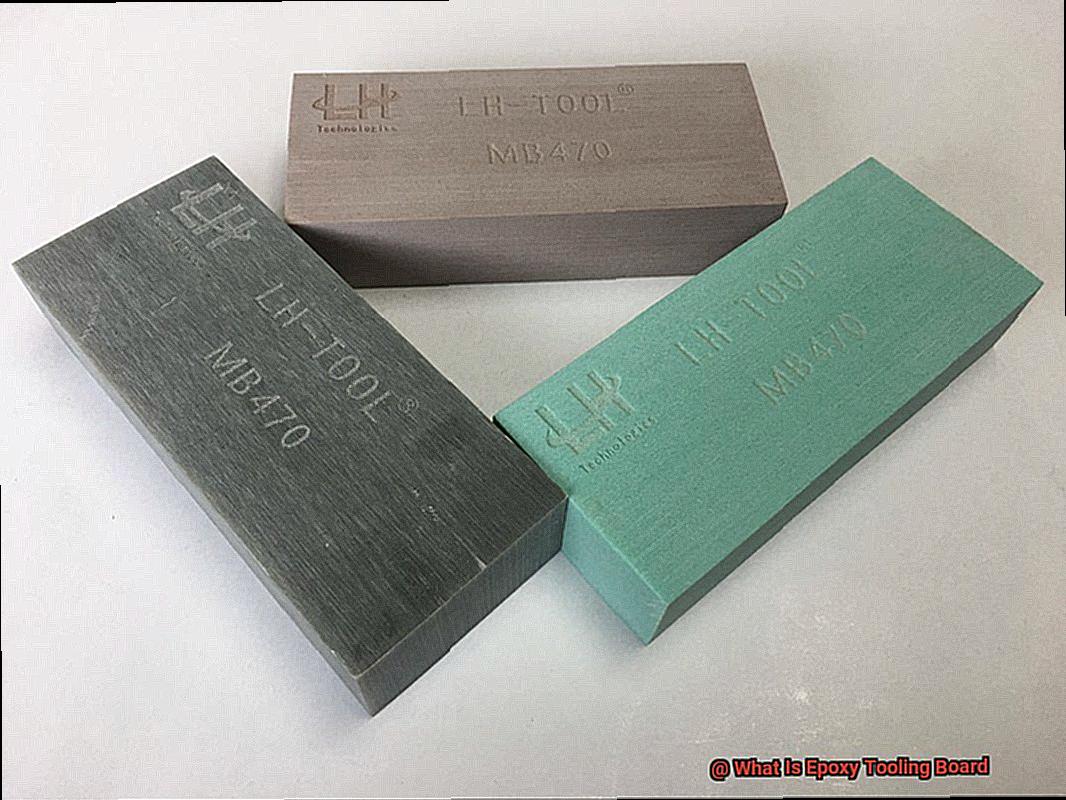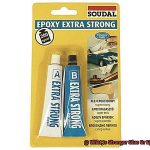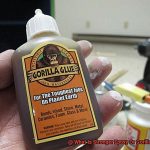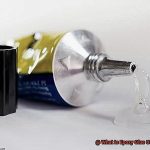Have you ever heard of epoxy tooling board? It’s not just a fancy name for a shed-building material, but rather a highly specialized substance used in industries ranging from aerospace engineering to automotive manufacturing. Epoxy tooling board is an essential component in the creation of complex prototypes, molds, and tools.
But what exactly is epoxy tooling board and why is it so crucial? Essentially, it’s a dense foam reinforced with epoxy resin that creates an incredibly strong and stable material. This strength allows it to withstand the demands of high-temperature environments and repeated use without succumbing to wear and tear. Plus, its machinability means that it can be easily shaped into intricate designs.
In this blog post, we’ll explore the properties and applications of epoxy tooling board across different industries. Whether you’re an engineer or designer or simply curious about the latest technologies, this post will give you a comprehensive understanding of this fascinating material. So let’s dive in together and discover the world of epoxy tooling board.
What is Epoxy Tooling Board?
Contents
In the world of manufacturing, precision and accuracy are critical to success. Enter epoxy tooling board, a high-performance composite material used in various industries, including aerospace, automotive, and marine. This rigid and durable material is made from a mixture of epoxy resin and polyurethane foam, resulting in a lightweight yet robust material that can withstand high temperatures and pressures.
One of the primary benefits of epoxy tooling board is its exceptional dimensional stability. Unlike other materials like wood or metal, it doesn’t expand or contract due to changes in temperature or humidity. This makes it an ideal choice for precise applications where accuracy is paramount. Its high temperature resistance also makes it perfect for creating molds and tooling for composite parts.
Manufacturers love working with epoxy tooling board because of its machinability. It can be easily cut, drilled, and shaped using standard woodworking tools or CNC machines. This allows manufacturers to create intricate shapes and designs with ease, making it a popular choice for prototyping and product development.
Additionally, epoxy tooling board has an excellent surface finish that can be sanded, polished, and painted to achieve the desired finish. Its cost-effectiveness compared to traditional metal tooling also makes it an attractive option for manufacturers looking to reduce production costs.
Benefits of Using Epoxy Tooling Board
Epoxy tooling board is the superhero material you’ve been searching for.
One of the primary benefits of using epoxy tooling board is its exceptional dimensional stability. It’s a composite material that is less susceptible to warping and distortion than other materials, ensuring that molds and patterns created from it are consistently precise, resulting in top-notch finished products.
But that’s not all. Epoxy tooling board is also incredibly durable, unlike wood that can crack and split over time. Its resistance to wear and tear means it can be used for numerous production runs without needing replacement, saving manufacturers both time and money in the long run.
Moreover, epoxy tooling board is highly machinable, making it possible to cut, drill, and shape complex geometries with standard woodworking tools. This versatility makes it ideal for creating intricate molds and patterns requiring a high degree of precision.
And that’s not all. Epoxy tooling board is also resistant to moisture and chemicals, making it an ideal choice for use in challenging environments where exposure to water or corrosive substances might be a concern. Whether you’re in the aerospace industry, automotive manufacturing, or any other industry requiring high-quality tooling materials, epoxy tooling board delivers results.
Dimensional Stability of Epoxy Tooling Board
If you’re in the manufacturing industry, you know just how important it is to create precise molds, patterns, and models. And when it comes to achieving that level of accuracy, one of the most crucial factors to consider is the dimensional stability of your chosen material. That’s where epoxy tooling board comes in – it’s a material known for its exceptional dimensional stability.
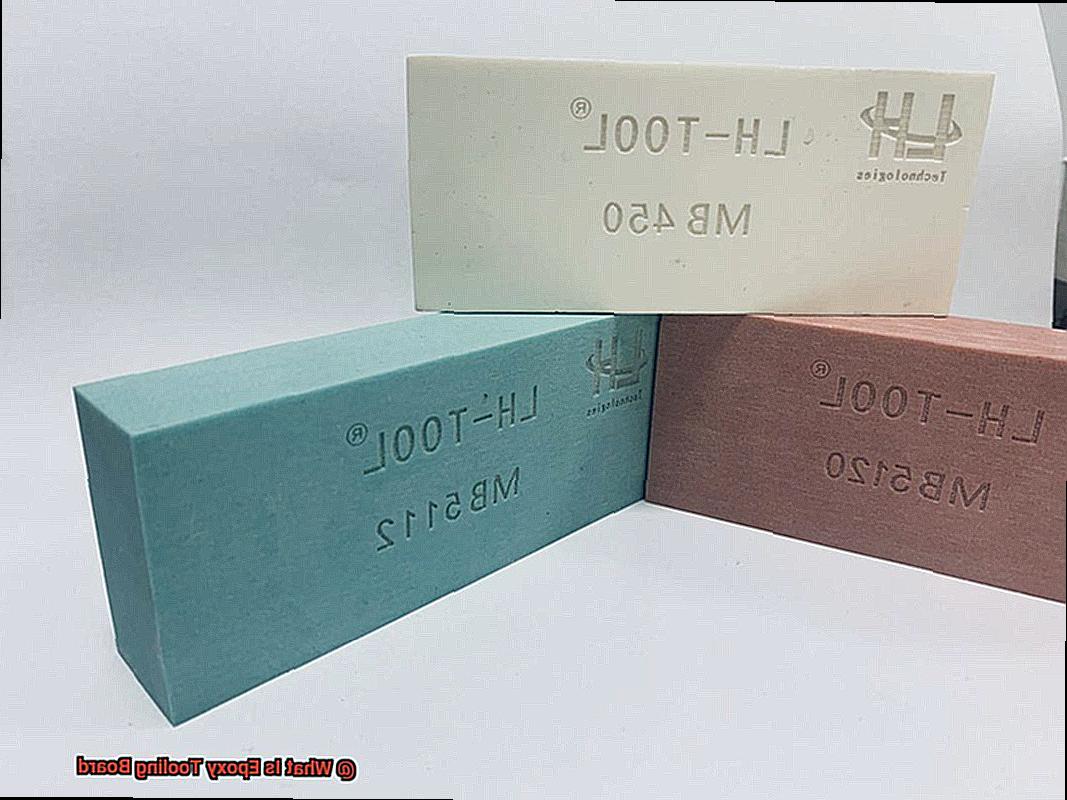
Dimensional stability refers to a material’s ability to maintain its shape and size under different temperature and humidity conditions. It may sound like a small detail, but any changes in the dimensions of your board can have a significant impact on the final product. Even minor deviations can cause defects, warping, or distortion, which can waste both time and resources.
Thankfully, epoxy tooling boards are formulated with low coefficients of thermal expansion (CTE) and minimal moisture absorption. This design ensures that they can withstand temperature fluctuations and maintain their shape and size over time. Additionally, these boards have high strength-to-weight ratios, making them ideal for applications where weight reduction is necessary.
But what sets epoxy tooling board apart from other materials? The answer lies in its superior dimensional stability. This material can maintain its shape and size under a wide range of conditions, making it an ideal choice for creating accurate and high-quality molds, patterns, and models.
Machinability of Epoxy Tooling Board
One crucial factor is its machinability, which determines how easily it can be shaped and formed into different products. As an expert in this field, let me walk you through the factors that impact the machinability of epoxy tooling board.
Firstly, let’s take a closer look at epoxy tooling board’s fundamental characteristics. This material is a breeze to machine and shape, thanks to its unique blend of hardness, density, and thickness. These features make it ideal for use in various manufacturing applications.
When it comes to machining epoxy tooling boards, CNC machines are the go-to option for producing accurate cuts and shapes. However, the type of cutting tools used also plays a crucial role in determining the material’s machinability. Carbide cutting tools are a popular choice as they can withstand high temperatures generated during machining and provide excellent surface finishes.
The presence of fillers or additives in epoxy tooling board can also affect its machinability. While manufacturers may add fillers like aluminum powder or glass fibers to improve the material’s mechanical properties, these additions can make it more challenging to machine.
It’s worth noting that working with epoxy tooling board can release harmful fumes during machining. Therefore, taking proper safety precautions when working with this material is essential. A well-ventilated area and protective equipment will help ensure worker safety.
Surface Finish of Epoxy Tooling Board
In our previous segment, we explored the machinability of epoxy tooling board and how it can be shaped and formed into various products. Now, let’s delve into the significance of surface finish when working with this versatile composite material.
Epoxy tooling board is well-known for being durable, lightweight, and easy to use – making it a preferred choice for creating prototypes, molds, and patterns for different applications. However, achieving the correct surface finish is just as important as selecting the right grade of tooling board.
The surface finish of an epoxy tooling board refers to its smoothness and texture, which determines the quality of the final product produced using the tooling board. A smooth finish gives your product a polished and professional look while a textured finish adds character and personality.
There are various types of surface finishes that can be achieved with epoxy tooling boards. For example, if you desire your product to have a shiny and reflective surface, a high-gloss finish may be preferred. This requires applying a layer of high-quality wax or polishing compounds to the surface of the tooling board.
On the other hand, if you’re aiming for a more natural or rustic look, a matte or textured finish may be ideal. These finishes can be achieved by sandblasting or etching the surface of the tooling board.
Surface finish is not just about aesthetics; it also affects the functionality of the final product. For instance, products that require slip resistance may need a textured surface finish to prevent slipping or sliding.
To achieve your desired surface finish for epoxy tooling boards, it’s crucial to select materials and machining techniques carefully. Working with an experienced manufacturer or fabricator ensures that your final product meets all necessary requirements for both appearance and functionality.
Applications for Epoxy Tooling Board
Epoxy tooling board is a material that has revolutionized manufacturing across multiple industries with its exceptional properties. This versatile material is known for its dimensional stability, durability, machinability, and resistance to water and moisture, making it an essential tool for designers, architects, engineers, and manufacturing companies.
One of the primary applications of epoxy tooling board is in prototyping. It can be machined precisely and quickly to create functioning prototypes that can be tested and refined, saving time and improving quality control.
Another application of epoxy tooling board is in creating molds and fixtures for mass production purposes. Its dimensional stability ensures consistent molds and patterns throughout the production process, resulting in high-quality finished products. The aerospace, automotive, and marine industries all utilize epoxy tooling board for creating complex parts that require precision and durability.
The lightweight properties of epoxy tooling board make it an ideal choice for the aerospace industry to manufacture complex parts for aircraft that can withstand high temperatures and pressures. Similarly, the automotive industry uses this material to create molds for vehicle parts such as bumpers, dashboards, and door panels.
The marine industry also benefits from the use of epoxy tooling board in creating molds for boat hulls and other components. This material’s resistance to water and moisture makes it a reliable choice for this application.
Epoxy tooling board is also popular in architecture for creating models of buildings and structures. Architects can use this material’s machinability to create precise models that accurately represent their designs.
Advantages Over Other Materials
For manufacturers, finding a material that ticks all the boxes can be a challenge. However, epoxy tooling board is a shining star in the world of mold-making and prototype production. This versatile material offers numerous advantages over other materials, making it an excellent choice for various industries.
One of the most significant benefits of epoxy tooling board is its exceptional dimensional stability. Unlike other materials that may warp or deform under heat or pressure, this material maintains consistent dimensions throughout the manufacturing process. This means that the final product will be accurate and reliable.
But that’s not all – epoxy tooling board is also incredibly strong and durable. It can withstand repeated use and high-impact forces without cracking or breaking, making it an ideal choice for creating molds and tooling that require high precision and reliability. Its strength ensures that you’ll get your money’s worth in terms of longevity, as it won’t need to be replaced anytime soon.
Epoxy tooling board is also resistant to chemicals, solvents, and moisture, making it a reliable choice for even the toughest manufacturing challenges. So if you’re dealing with harsh environments or corrosive materials, using epoxy tooling board as your mold-making material is a smart choice.
Compared to other materials commonly used in mold-making, such as wood or metal, epoxy tooling board is much easier to machine and shape. Standard tools can be used to cut, drill, and mill this material with ease – saving you time and effort in the manufacturing process. Plus, with its easy-to-work-with nature, you can create precise prototypes in less time.
Lastly, it’s worth noting that using epoxy tooling board is an eco-friendly option as well. This material can be recycled and reused during the production process, reducing waste and minimizing the environmental impact of manufacturing.
CWAvo8DIZ9s” >
Conclusion
In conclusion, epoxy tooling board has transformed the manufacturing industry with its exceptional properties. This highly specialized material offers designers, architects, engineers, and manufacturing companies a reliable tool that boasts dimensional stability, durability, machinability, and resistance to water and moisture. It’s no wonder why it’s become an essential component in creating molds and fixtures for mass production purposes as well as architecture.
The aerospace, automotive, and marine industries all rely on epoxy tooling board to create complex parts that require precision and durability. Compared to other materials commonly used in mold-making such as wood or metal, epoxy tooling board provides numerous advantages. It maintains consistent dimensions throughout the manufacturing process ensuring accuracy and reliability of the final product. Additionally, it’s incredibly strong and durable withstanding repeated use without cracking or breaking. Moreover, it’s resistant to chemicals, solvents, and moisture making it a reliable choice for even the toughest manufacturing challenges.
Epoxy tooling board is also an eco-friendly option as it can be recycled and reused during the production process reducing waste and minimizing the environmental impact of manufacturing. Overall this versatile material offers manufacturers a cost-effective solution to create precise prototypes in less time while maintaining quality standards.
In summary, epoxy tooling board is a game-changer for those seeking a dependable material that can withstand rigorous demands while delivering high-quality results.

